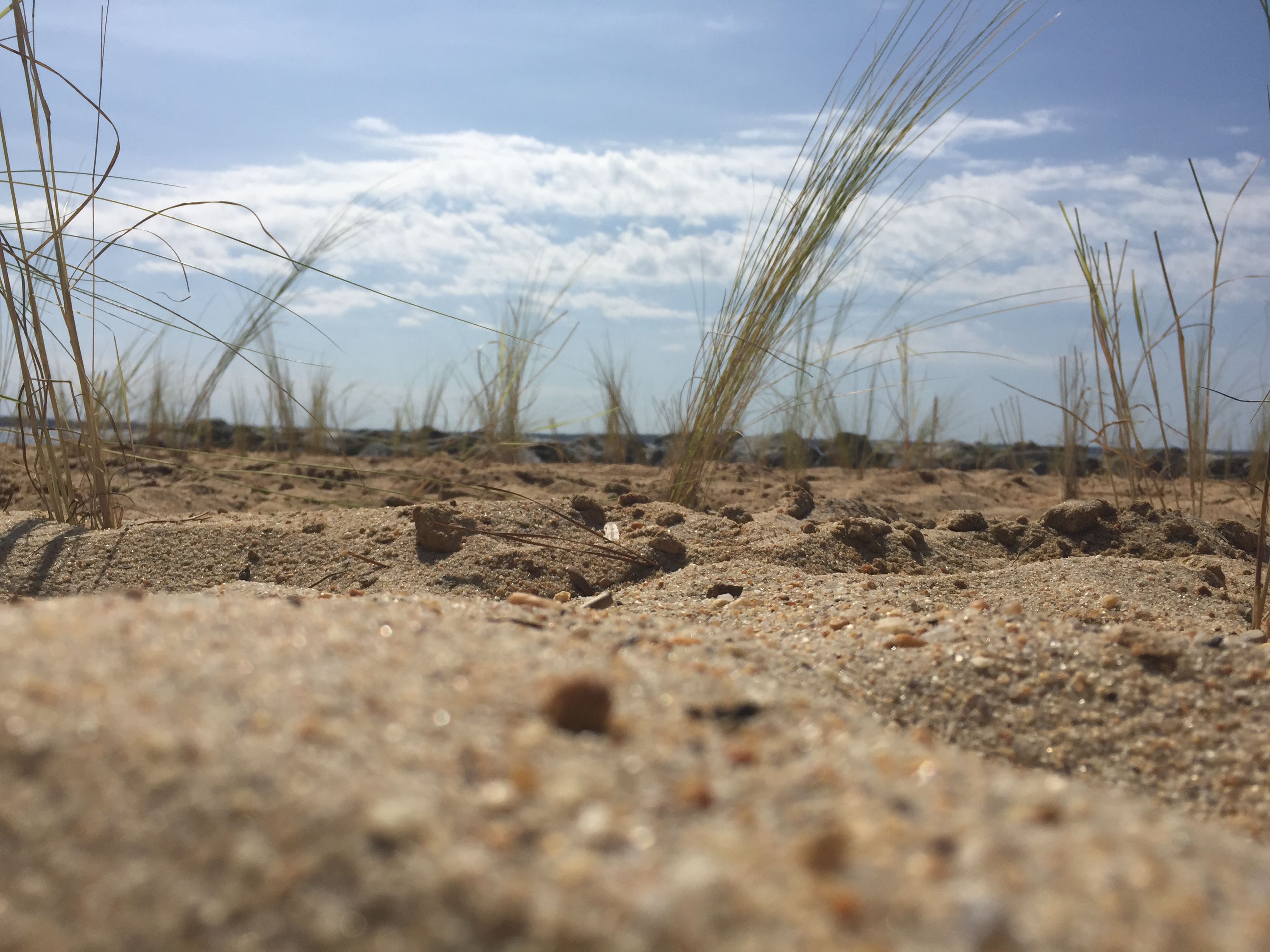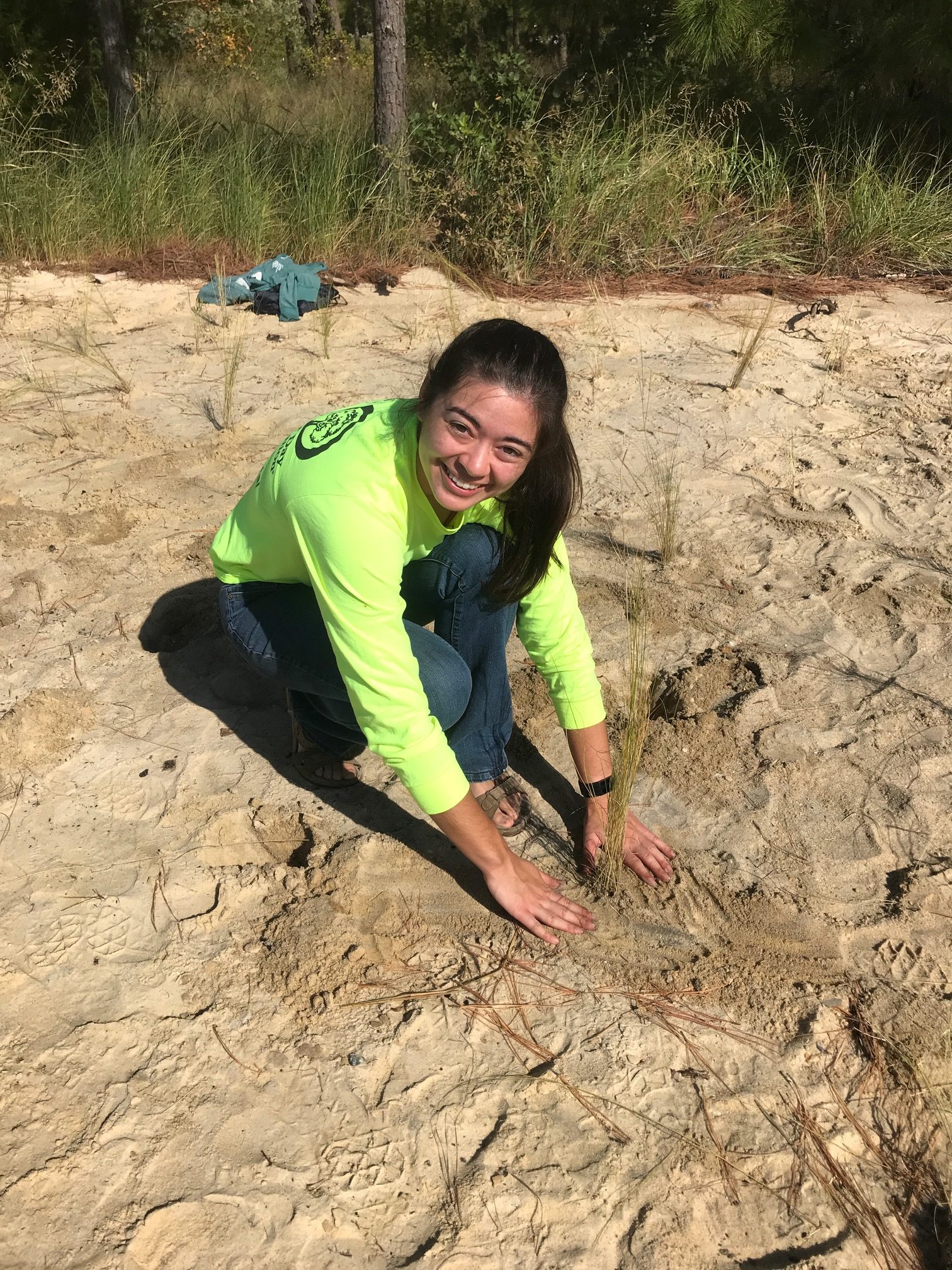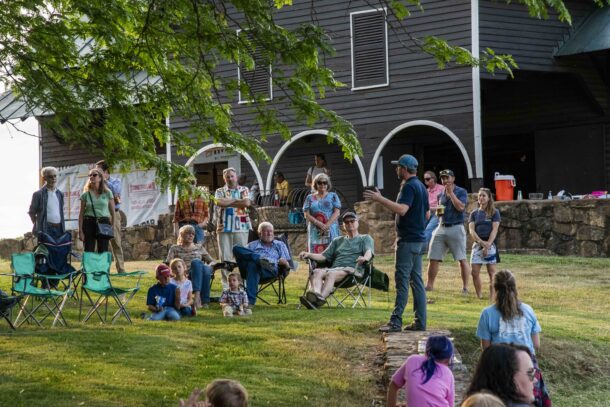Hurricanes and other coastal storms are a fact of life in the coastal South. Over the past few years, nearby states like North Carolina and New Jersey took direct hits from major storms and incurred millions of dollars in flood damage. Luckily, in 2019, no hurricanes or tropical storms made landfall on Virginia’s coast. But what about next year? Will we be ready when the next storm comes?

Friends of the Rappahannock believes restoring our coastal shorelines is a powerful way to improve water quality and shoreline resiliency for our river communities. In 2019, we worked with 270 local volunteers to prepare our coastal region for hurricane season by strengthening over 1,500 linear feet of waterfront using a series of living shorelines. These projects created 15,650 square feet of new wetland habitat, which will absorb wave impacts using 1,250 oyster shell bags and 11,750 marsh grass plugs.
A living shoreline is an engineered system that uses a combination of woody plants, grasses, and stone sills or breakwaters to create a protected and stabilized coastal edge.
On one hot September day, over 60 students from Ms. Carolyn Reiner’s class at nearby Rappahannock High School volunteered to plant grass plugs for a shoreline on the Northern Neck.
Friends of the Rappahannock’s tidal river steward Richard Moncure greeted the students and explained that living shorelines reduce storm impacts by minimizing shoreline erosion and absorbing pollutants from runoff that cause dead zones. “A living shoreline doesn’t decay– it actually grows over time because it is composed of living organisms like plants and oysters,” said Moncure. “That makes it more river-friendly than other methods like bulkheads.”

The students soon broke into three groups. One group measured and flagged grass plug locations on a sandy bank; a second prepared the grass plugs for planting; and a third group planted the plugs.
“This is kind of fun. It’s hot, but it’s still better than being in class,” one student remarked while loosening roots with a trowel. “How do I get a job like this?”
Someday, this next generation will carry on the work we have started. We hope that their experience is as strong and as durable as the living shoreline they helped build that day. We’ll need their commitment and their energy to rebuild our shoreline in a way that protects our communities and restores our natural resources.
By Restoration Coordinator and Educator Adam Lynch
December 2019

